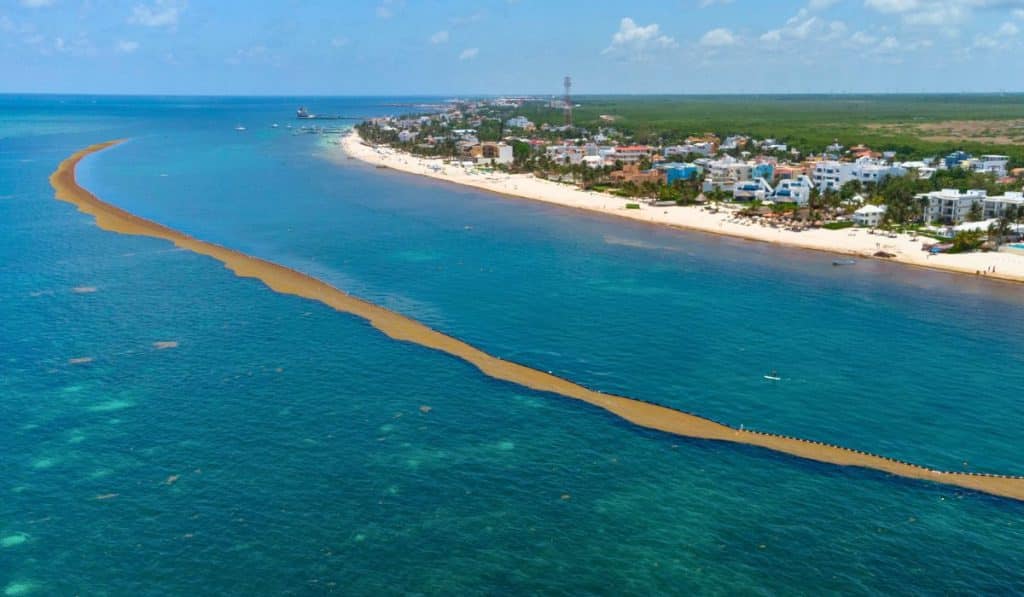To comprehensively address the sargassum challenge, the municipality of Solidaridad (Quintana Roo) will seek initiatives to to use the algae in various sectors, as an important step towards ecological sustainability.
This was reported by the municipal secretary for Sustainable Environment and Climate Change, Lourdes Várguez, this year. they will test German-developed equipment specifically designed to use sargassum as a source of fuel and charcoal.
This innovation represents a significant effort to address the problem and find useful applications for this abundant resource. “It is currently used as a soil fertilizer, but this year we hope to go one step further.” the official said.
The secretary highlighted that last year, 26,400 tons of sargassum were collected and more than 13,000 tons of sand were also recovered.
She also expected the amount harvested from the 2024 seaweed season to be similar. For this reason, she said she is working with the Navy to install anti-sargassum barriers before it arrives.
Likewise, she announced an increase in the number of staff involved in collecting seaweed from the beaches. About 180 people will work on this task. She also plans to deploy additional machinery to improve the efficiency of sargassum management.
Is Climate Change Responsible for Sargassum Seaweed in Mexico?
Climate change is considered a major factor contributing to the spread of sargassum seaweed in Mexico.
The increase in ocean temperatures and changes in ocean currents, in addition to the enrichment of nutrients from agricultural runoff and sewage, create conditions favorable for sargassum blooms.
While not the only cause, climate change is exacerbating the problem by affecting weather patterns and ocean conditions, playing a crucial role in the frequency and extent of sargassum seaweed occurrence.





